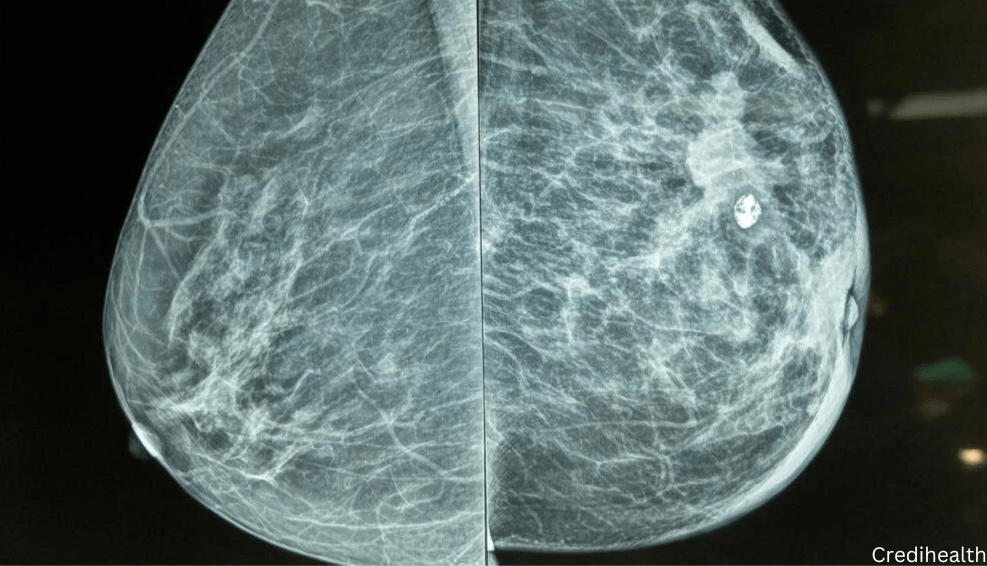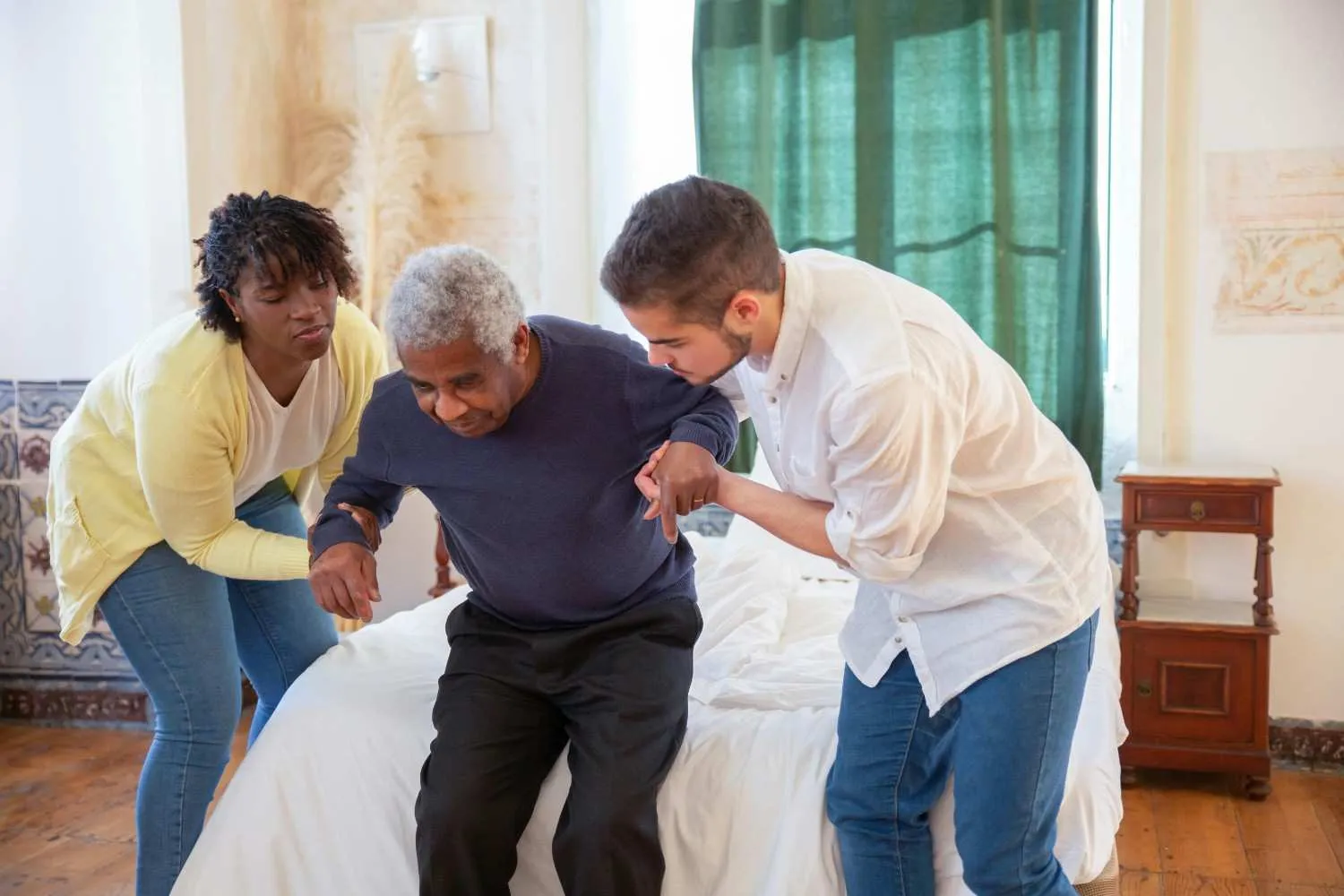Labrum tear shoulders are one part of soft cartilage in your shoulder bone's socket-shaped joint. It connects the two joints by cupping the puck joint at the edge of your arm bone. The rotator cuff, a collective of four muscles, aids the labrum in keeping the ball in the connector. This allows you to rotate your upper arm. Repetitive movements and injuries can rip the labrum, resulting in pain. You have a labrum in which your upper leg connects to the hip, but it is less likely to rupture because it is thicker than the labrum in your shoulder.
 Shoulder labrum tears are prevalent shoulder joint injuries that can cause pain and difficulty performing certain activities. The tissue is a tight, cup-shaped component of fibrocartilage that lines and strengthens the shoulder socket, allowing the joint to stay in place more securely.
The labrum's function is to:
Because the shoulder connector is shallow, the cuff of cartilage connected to its rim forms a cup to retain the edge of the arm bone. The labrum is an attachment point for other tissues, including tendons and ligaments that link the shoulder to certain other arm structures and hold the shoulder joint together.
Also Read Understanding Shoulder Instability
Shoulder labrum tears are prevalent shoulder joint injuries that can cause pain and difficulty performing certain activities. The tissue is a tight, cup-shaped component of fibrocartilage that lines and strengthens the shoulder socket, allowing the joint to stay in place more securely.
The labrum's function is to:
Because the shoulder connector is shallow, the cuff of cartilage connected to its rim forms a cup to retain the edge of the arm bone. The labrum is an attachment point for other tissues, including tendons and ligaments that link the shoulder to certain other arm structures and hold the shoulder joint together.
Also Read Understanding Shoulder Instability
What is a Labrum tear shoulder?
 Shoulder labrum tears are prevalent shoulder joint injuries that can cause pain and difficulty performing certain activities. The tissue is a tight, cup-shaped component of fibrocartilage that lines and strengthens the shoulder socket, allowing the joint to stay in place more securely.
The labrum's function is to:
Because the shoulder connector is shallow, the cuff of cartilage connected to its rim forms a cup to retain the edge of the arm bone. The labrum is an attachment point for other tissues, including tendons and ligaments that link the shoulder to certain other arm structures and hold the shoulder joint together.
Also Read Understanding Shoulder Instability
Shoulder labrum tears are prevalent shoulder joint injuries that can cause pain and difficulty performing certain activities. The tissue is a tight, cup-shaped component of fibrocartilage that lines and strengthens the shoulder socket, allowing the joint to stay in place more securely.
The labrum's function is to:
Because the shoulder connector is shallow, the cuff of cartilage connected to its rim forms a cup to retain the edge of the arm bone. The labrum is an attachment point for other tissues, including tendons and ligaments that link the shoulder to certain other arm structures and hold the shoulder joint together.
Also Read Understanding Shoulder Instability
Labrum tear shoulder Types -
The glenoid is the shallow, socket-like gap of the shoulder where the labrum is located. Tears in the shoulder labrum can occur anywhere in the glenoid socket. Labrum tears are classified into three types:1. SLAP:
A SLAP tear and otherwise SLAP lesion occurs when the tear is located above the center of the glenoid. SLAP is an abbreviation for "superior labrum, anterior to posterior," or front to back. Baseball players, Tennis players, and anybody who performs a lot of overhead arm motions are prone to labrum tears. They are also frequently associated with biceps tendon damage.2. Bankart tear or lesion:
A Bankart lesion and tear occur when damage occurs to the bottom half of the articular surface socket. Bankart tears were most prevalent in younger people with dislocated shoulders.3. Posterior labrum:
Posterior labrum tear can be associated with damage to the shoulder joint. These are uncommon, accounting for only 5 to 10% of all back injuries.Causes for Shoulder tearing -
Overusing a repetitive strain or injury to the shoulder is the most frequent cause of a torn shoulder labrum. Tennis, softball, and other sports requiring elevating the arm over the head to execute a task are more likely to suffer repetitive motion injuries. However, anyone can sustain a shoulder injury due to an accident. The following are some of the most likely reasons for shoulder labrum tears:- A tough pull by the arm.
- Sliding onto an extended arm.
- A direct blow to the shoulder.
Symptoms for Shoulder labrum tear -
Pain is a common symptom of a torn shoulder labrum. The followings symptoms present are:- The shoulder is locked.
- When moving the shoulder, there is a grinding sensation.
- The feeling that your shoulder is catching.
- Shoulder strength deterioration.
- Reduced range of motion.
- When moving the shoulder, there is a popping sound or sensation.
- A feeling of shoulder instability.
Diagnosis for Labrum tear shoulder -
A person with a shoulder injury must seek medical attention for a medical assessment. Anyone who regularly reaches their shoulder over their head in a sport must see their general practitioner if they feel pain. The general practitioner will frequently begin by assessing the patient's range of motion, pain level, and shoulder stability. The doctor may recommend X-rays to analyze the shoulder and check for other bone injuries. They may also request a scan (MRI) to look for damage. An arthroscopic examination may be performed if additional testing is required. A camera is inserted across a small cut within the shoulder by the doctor during this procedure. They can now examine the internal structure alongside the joint on a tv screen. Also, Read Shoulder Tendinitis - Inflammation of the TendonTreatment for shoulder labrum tear -
If you have a torn labrum, you should avoid sports. A Labrum tear shoulder can be treated in various ways, including nonsurgical and surgical options. Doctors usually only consider surgery if other treatments have failed or the shoulder never healed properly. Nonsurgical alternatives include:- If the shoulder is dislocated, a doctor will pop it back into place.
- Therapy for the body.
- Anti-inflammatories and Pain relievers sold over-the-counter (OTC).
- Injections of cortisol.
- The shoulder is being rested.
Recovery -
Recovery of shoulder labrum tear depends on the following:- The place of the tear.
- Whether surgery is required.
- The intensity of the tear.
- Whether the surgery is performed keyhole or open.
Conclusion -
A Shoulder labrum tear is commonly caused by overuse or blunt trauma to a shoulder. When a labrum tears, a person will notice shoulder pain, decreased range of movement, and decreased shoulder stability. OTC medicines, cortisone injections, and physical therapy are frequently used in treatment. Practitioners will recommend nonsurgical treatments whenever possible. A Shoulder labrum tear could necessitate surgery in more severe cases. The length of recovery depends on the extent of the injury. In extreme situations, successful treatment can verify that almost all patients recover most of their pre-injury ability to compete. Book an online appointment with the Best Shoulder injuries Doctor in India
Categorized into
General Health,
Brain Health,
Mobility,
Joint Health,
Orthopaedic,
Injuries,
Shoulder Pain
Tagged in
Tendinitis

Reviewed by







